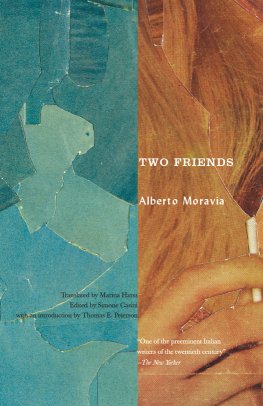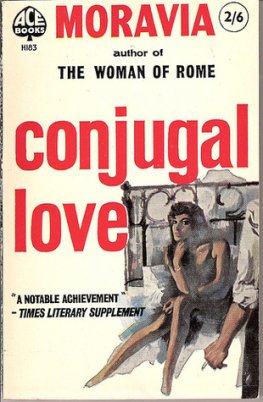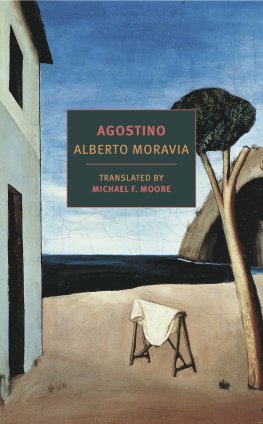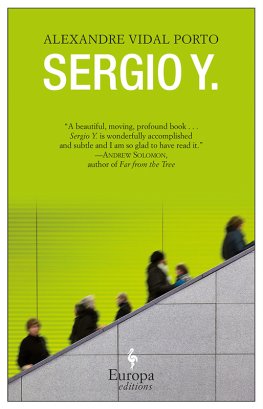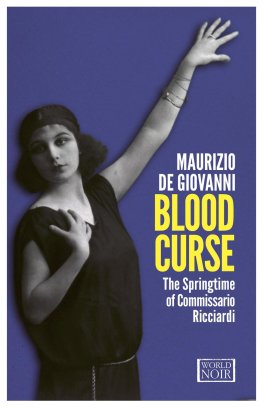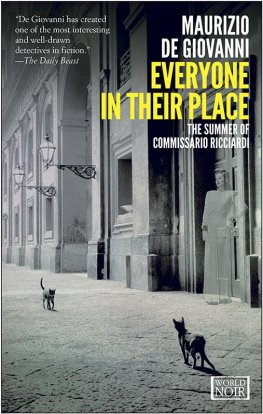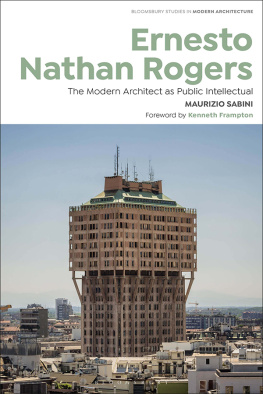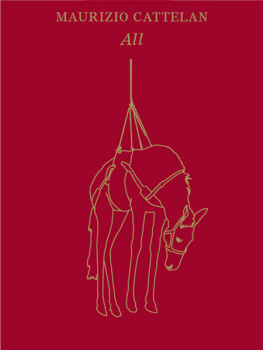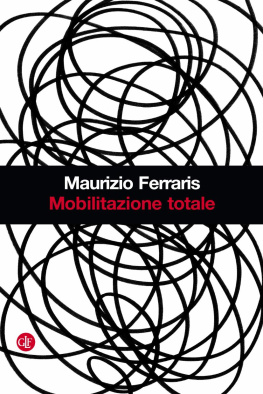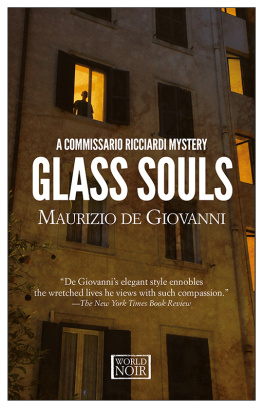Alberto Moravia
Two Friends
Alberto Moravia (19071980) was Italys most successful novelist of the twentieth century. A prolific author of fiction, theatre, essays, film criticism, and travel correspondence, Moravia remained until his death a cultural icon and presence in Italian public life. A master of the novel and short story, he created characters who typically were embroiled in problems of money and sex interrelated in ingenious plots that reveal the moral weakness of ordinary people caught in predicaments of their own making. At the same time, there are protagonists in Moravias tales who evoke empathy and admiration; these are humble and heroic characters who resist the alienating forces of modern society.
Moravias first novel, Gli indifferenti (The Time of Indifference, 1929) was a tragicomic portrait of a Roman family that many saw as an indictment of the Fascist elite, but which the author maintained was an honest picture from within of his own world. The precocious work depicts that world in spare, acrid prose, unforgiving in its existential rendering of a dysfunctional family that is indifferent to the higher values of humanistic culture. Moravia achieved great success after World War II with the short novel Agostino (1945). Based on the contemporaneous discovery of sexuality and social awareness by a pre-adolescent boy on a summer beach vacation with his mother, this was the first of a series of highly successful works that would firmly establish Moravias literary reputation. Equally successful was the monumental La romana (The Woman of Rome, 1947), a lengthy novel written over four months between 1946 and 1947 and based on a brief experience from ten years earlier when Moravia encountered a beautiful young prostitute who was assisted in her profession by her mother. From this point forward, Moravia was a public figure whose steady stream of novels, essays, and journalistic reportage earned him a place of prestige among the Italian people.
La romana initiated a period in the postwar years when Moravia explored the national popular myth in his fiction. The other great novel in this populist phase is La ciociara (Two Women, 1957). Spied on by the Fascists, Moravia and his wife, Elsa Morante, had spent from 1943 to 1945 living in a sheepherders cabin above Fondi, in the mountains southeast of Rome. La ciociara was conceived at this time. Moravia quickly drafted eighty pages in 1947, then put the manuscript aside in order to gain more historical distance from his subject. In the meantime he wrote four novels more purely creative in character: La disubbidienza (Luca, 1948), Lamore coniugale (Conjugal Love, 1949), Il conformista (The Conformist, 1951), and Il disprezzo (A Ghost at Noon, 1954).
After this inventive interlude, Moravia returned to La ciociara, a lengthy novel centered on a Roman shopkeeper named Cesira and her daughter Rosetta. The novel is largely faithful to external events and is an heroic chronicle of the Resistance. Also belonging to the national popular period in which the author investigates virtuous working-class characters are the short-story collections Racconti romani (Roman Tales, 1954) and Nuovi racconti romani (More Roman Tales, 1959). These stories capture the foibles and insecurities of ordinary working people in Rome; they are gems of textual economy and authentic cultural snapshots of daily life that turn around the primal emotions of love, jealousy, suspicion, fear, and joy. Here one sees the artisan Moravia, with his great attention to language and form, merge with the Roman Moravia, wryly aware of the mischief and wonder that exist in all of the citys populace irrespective of class. While Moravia lived his entire life in Rome, he was also an avid traveler and renowned travel writer (with a special love for Africa). He symbolized the cosmopolitan and worldly side of Rome and was a wry critic of its more baroque and provincial sides. Moravias prose possessed an unmistakably direct and communicative quality, a fact that no doubt contributed to his broad appeal.
An astute essayist and commentator on a broad range of subject matter from politics and literature to film and the arts to world cultures Moravia upheld a humanistic viewpoint during a period in which humanism was under attack by ideologies on the right and left. He was a personalist and a humanist who believed in the ultimate dignity and complexity of the individual. It was precisely the personhood of the individual that was under threat and stood at the center of a modern existential crisis. In the essays of Man as an Endcomposed between 1941 and 1963Moravia states that contemporary civilization has lost its moral compass, that humanity has become a means but not an end. One of the most obvious means by which this has occurred is through authoritarian ideologies that have eroded human dignity.
After World War II, the so-called communist aesthetic, as in socialist realism, was seriously considered by Western intellectuals. Moravia upbraided the communists for their notion of art as superstructure, which inevitably leads to its reduction to a form of propaganda: Communist critics usually contrast art for arts sake with party art. But this contrast does not really exist, for neither the one nor the other could be said to be healthy and direct expressions of a given society. Healthy and direct art is born of an encounter between society and the artist on equal terms.1 There was also a virtuous element in the enthusiasm over communism. As Moravia states in the essay Hope, or Christianity and Communism, the communist movement is not driven by a rationalistic support of Marxs ideas but is instead a kind of religious faith: What is more important in Communism, the idea of the advent of the kingdom of freedom or the lengthy and very complicated explanations offered by Marx on the internal laws of Capitalism? Without hesitation we answer that what counts above all in Communism is the idea of the advent of freedom.2
Harking back to the Renaissance, Moravia defended the autonomy of art: language is only a means, but art is an end. By the same token, neocapitalisms dominance in the West had created abstract and decadent art, which was ironically similar to socialist art: They both withdraw from reality whose real needs are study, patience, humility, sincerity, sense of truth, and disinterestedness.3
These ideas invariably find their way into Two Friends, a projected novel about a confused young man gripped by an inferiority complex who latches onto communism as a panacea for his personal problems. The Italian publication of I due amicithe title assigned by the publisher to a novel planned then abandoned by Moravia in the early 1950s coincided with the 2007 centenary of the authors birth.4 The typescript of three drafts of this work were found in a worn suitcase in the basement of the authors Lungotevere della Vittoria residence in Rome; since he typically destroyed all working drafts, this discovery is of great value, especially given the finished nature of these texts, the lack of lacunae, and the sense of progression from one draft to the next.
Two Friends was written at a critical time in Moravias life when he was quite active but also troubled: about his marriage with novelist Elsa Morante and the reception of his recent fiction. When The Conformist (1951) received negative reviews, Moravia grew depressed, and his productivity suffered. Loosely based on the 1937 assassination in Normandy of Moravias cousins, Carlo and Nello Rosselli, The Conformist is the story of Maurizio Clerici, the Fascist bureaucrat empowered by the regime to carry out the assassination of his former philosophy professor, a socialist living in Paris. Critics found it difficult to relate to the tormented character of Clerici, whose repressed homosexuality, dissociation, and sadism is traced back to his childhood and his troubled family. There is some continuity here with the psychosexual-political plot of

